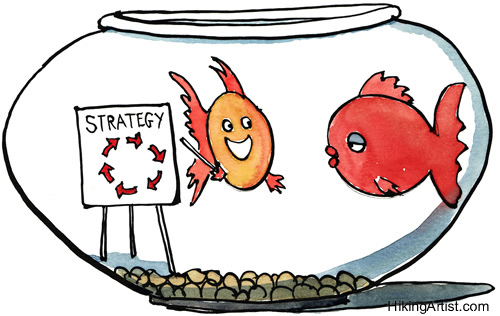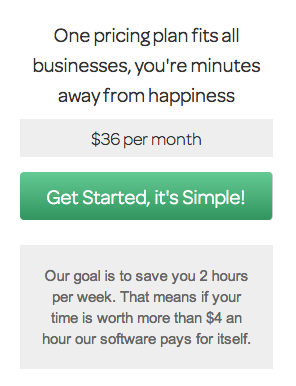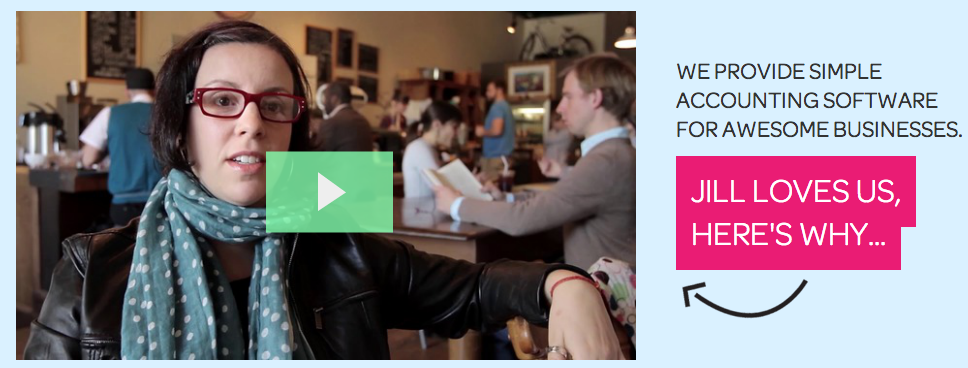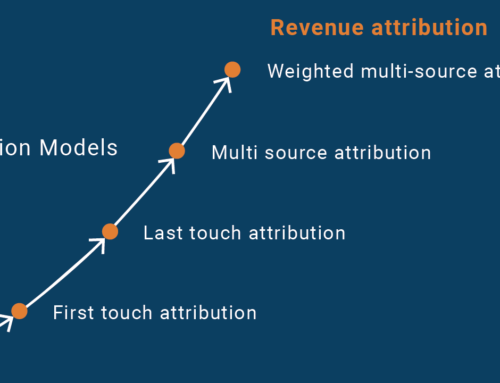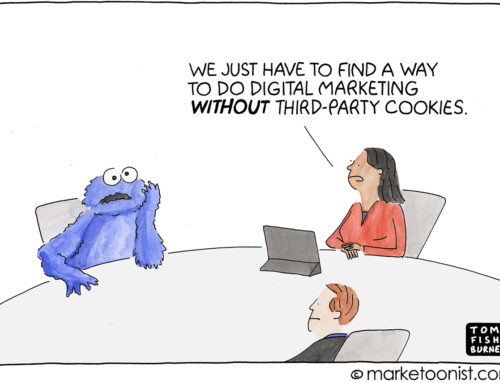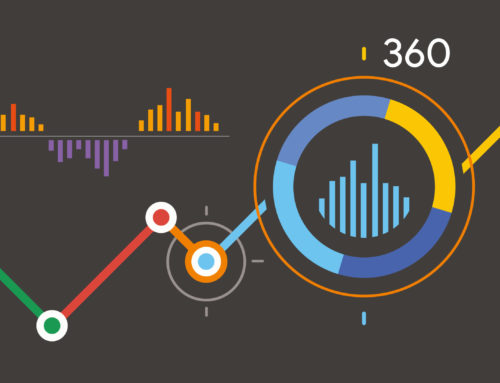During a 2008 presidential debate, Republican John McCain questioned Democratic nominee Barack Obama’s understanding of strategy vs tactics. The strategy that McCain tried to employ throughout the campaign was to undermine his opponent by questioning his youth and inexperience, while the tactic he employed in this situation was to verbalize this point during a debate on the Iraq war. He was ultimately unsuccessful at both, but that’s besides the point.
Photo Credit: HikingArtist.com via Compfight cc
If you’ll permit me to draw a clumsy analogy between presidential politics and website optimization, maintaining the distinction between strategy & tactics before embarking on a Conversion Rate Optimization (CRO) effort is critical. The field of website optimization is littered with tactics including A/B testing, copy updates, button colors, and layout adjustments. Although useful and important tools in every CRO consultant’s belt, it’s tempting to think that these alone will provide all of the improvements that you’re looking for. But without understanding the strategy, what you’re trying to do before you start doing it, you’re likely to only improve on the margin and miss out on the larger opportunity.
In my experience there’s a single strategic directive that should govern all of the tactics that you deploy:
Create more alignment between your customers and your online presence.
Customers visit a site with specific problems looking for a solution. Your website articulates a message that you believe reflects your business. Ideally these two worlds completely overlap (in which case you should stop reading this and get on with your life). In reality there’s always a gap there which we’re continuously trying to close.
Whose Site is it anyway?
Your website is not a vanity exercise for you or your business. Everything that’s on there should be about your customers, in their language, helping them get the job done. This includes the design elements and copy, but also goes deeper into the decision making process. At the end of the day it’s irrelevant what your opinion is – if you’re testing and picking the highest converting variations your customers will make the decisions for you.
What you prefer or what your designer prefers doesn’t matter if it’s not getting you conversions.
Naomi Niles
The Value of Empathy
Too many sites and landing pages launch right into the features and benefits of the solution. It’s an easy trap to fall into (I’m constantly fighting it). But your customers have specific pain – and it’s often far more effective to address this first, and demonstrate that you understand and empathize with it.
Many small business owners (including myself) dislike the accounting side of running a business, and the complexity of the software that’s traditionally used to manage it. Less Accountingrecognizes this, and the copy and design work to lessen the anxiety regarding traditional accounting packages.
Even their pricing plan, Call to Action and surrounding text works to reinforce simplicity and calm my fears.
How well do you Understand your Customers?
Customer Interviews are an invaluable tool to understand why visitors are coming to a site and how to get them to convert. Some of the things you might ask customers include:
- What problem is your customer trying to solve?
- Where did they go to solve it?
- Why did the choose you? How was their experience?
- How would they describe you to their friends or co-workers?
- Have they ever tried another solution to this problem? How was their experience?
It’s far more effective to start with specific customers and identify patterns over time than it is to try to make sweeping generalizations about your entire audience (which are bound to be both ambiguous and incorrect). I recommend capturing the background information, pain points, and motivations into personas – tangible snapshots of specific customers that you can refer to over time (my memory is definitely going as I get older). These help guide the idea generation process – you’ll find yourself saying things like Jill would like this new headline or maybe we should create a new landing page for customers like Bob.
Can I Trust you? Prove It.
There’s a significant and real commitment that a customer makes when clicking on the ‘Contact Us’, ‘Sign Up’ or ‘Buy’ button on your site. One of the key questions that’s they’re asking during the purchase / conversion process is: Can I trust you? or How can I be sure that you’ll do what you promise?
It’s one thing to say that you can be trusted to fix your customers problems, it’s another thing to prove it. Real data, testimonials from customers, social proof can go a long way to brokering that trust. Less Accounting offers this in the form of a video testimonial with Jill the relatable small business owners who speaks to the simplicity of their solution.
There are countless techniques you can employ when trying to improve your conversion rates. Blindly launching into these in the absence of a comprehensive strategy will at best yield incremental results, and may cause you to miss much more significant opportunities for improvement. A core strategy that is customer focused, empathetic to their problems, speaks to their motivations, and works to earn their trust is much more likely to achieve a significant increase in online engagement and conversion.
